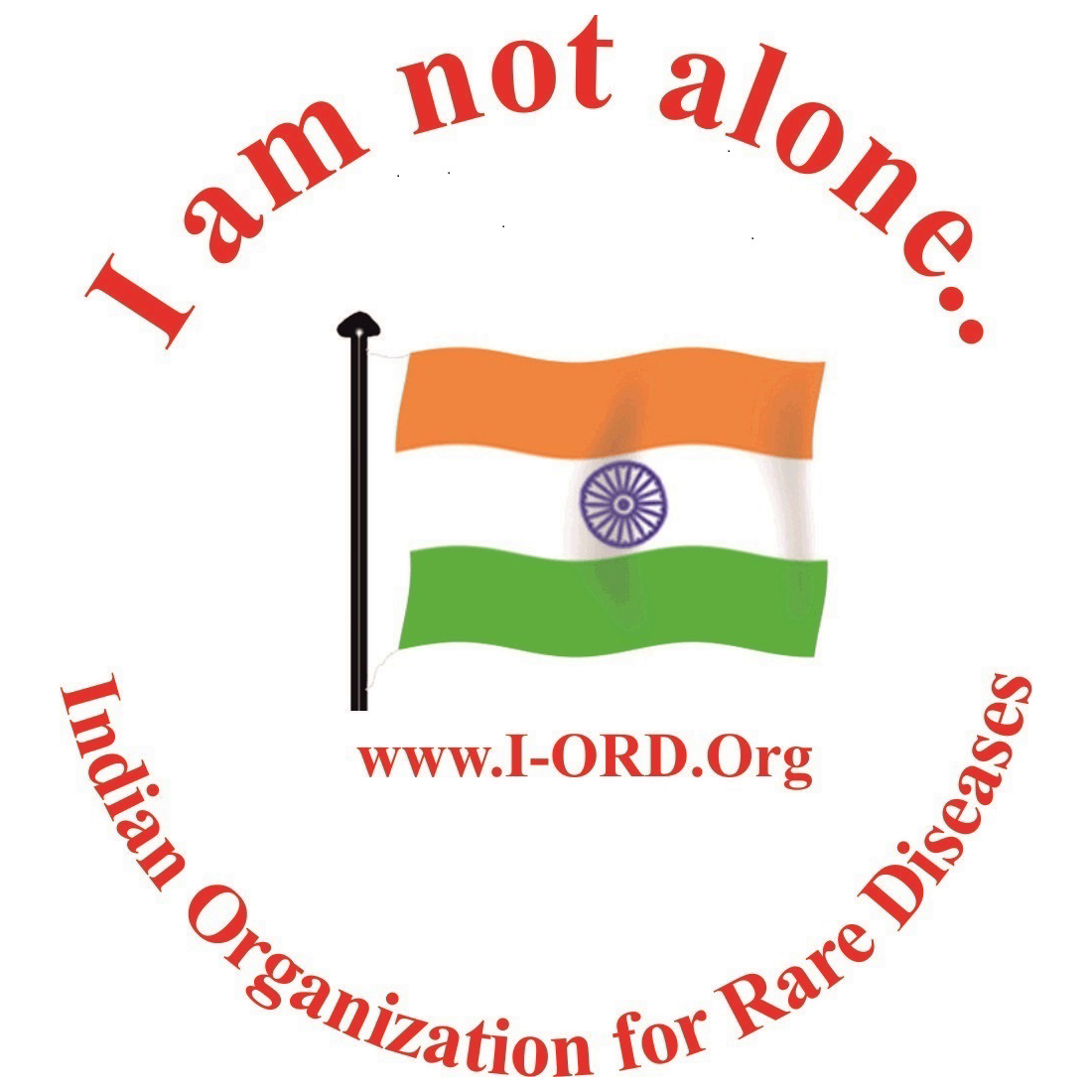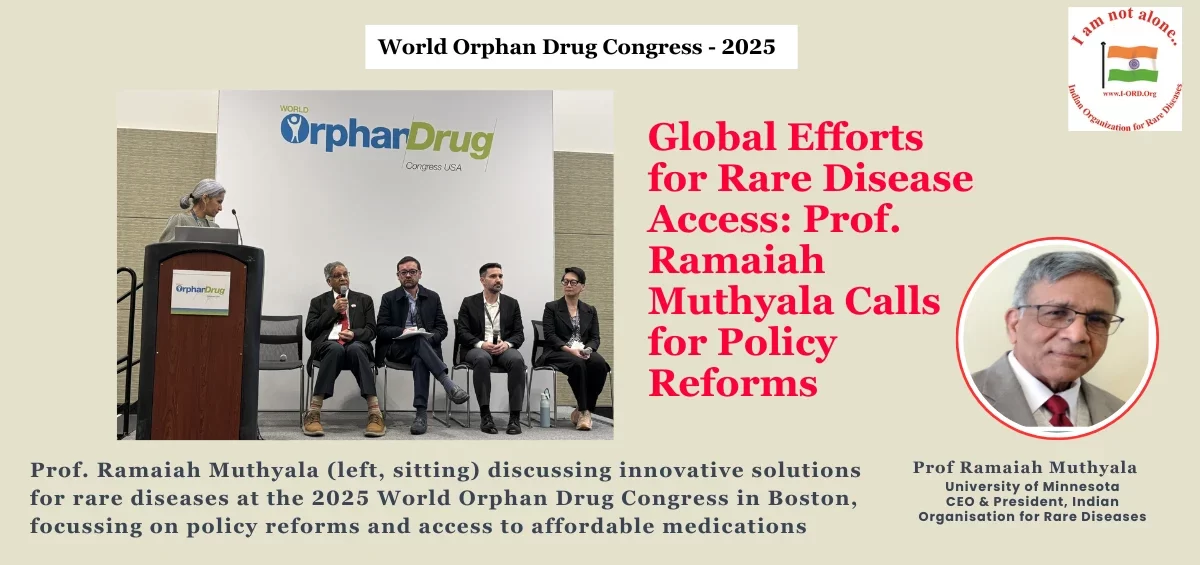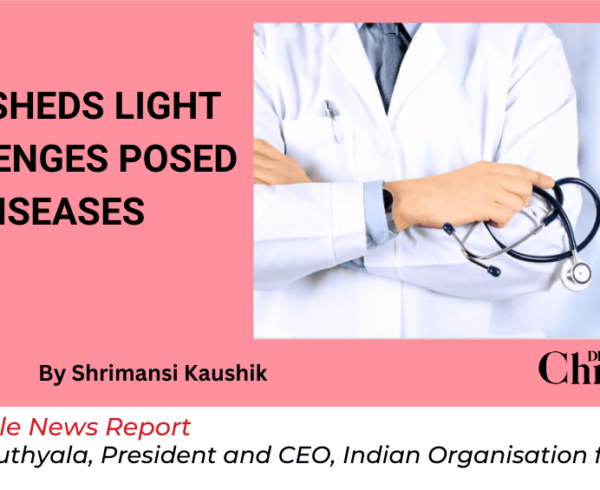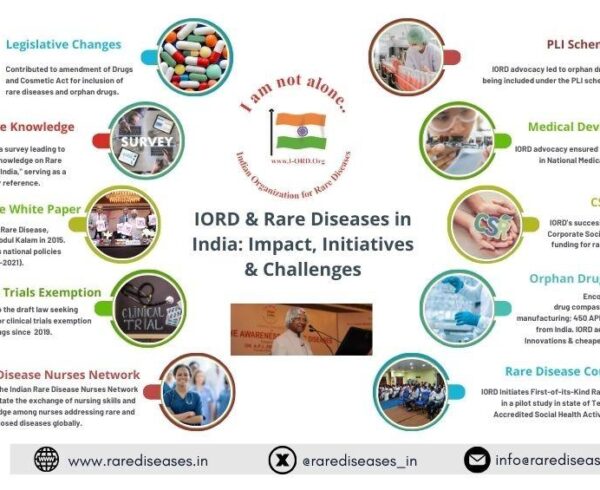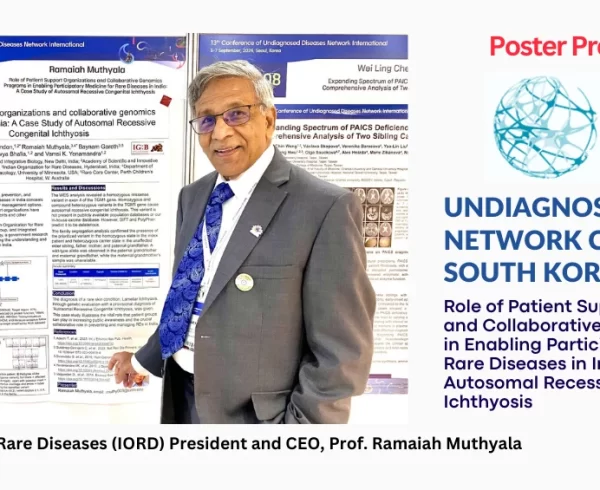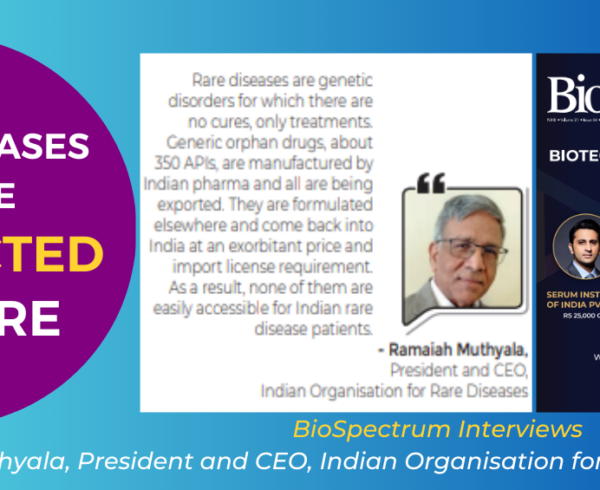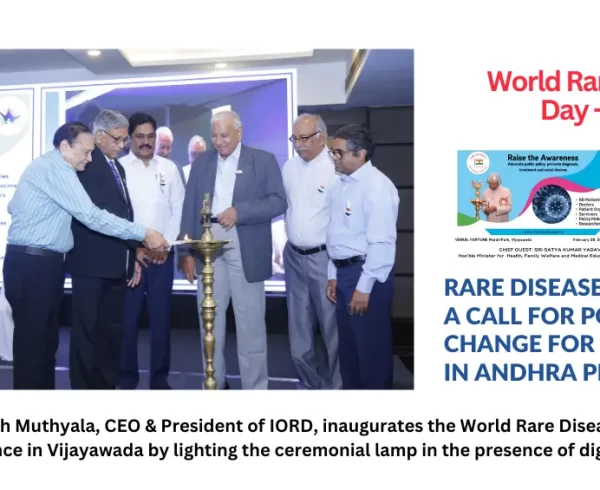- Prof. Ramaiah Muthyala discussed challenges and solutions for rare disease access at the 2025 World Orphan Drug Congress in Boston.
- He highlighted the global economic burden of rare diseases and the unique barriers in low- and middle-income countries.
- Efforts in India to reduce orphan drug costs, including the availability of Hydroxyurea for sickle cell disease at $5/year, were showcased.
Boston, MA: During the World Orphan Drug Congress-2025 in Boston, MA, Prof. Ramaiah Muthyala, President of the Indian Organization for Rare Diseases and Associate Professor at the University of Minnesota, emphasized the critical need for policy reforms and innovative strategies to tackle the challenges faced by rare disease patients worldwide, with a special focus on low- and middle-income countries (LMICs). The Congress was held on April 22-24. Check the video here.
Prof. Muthyala, with over two decades of experience in both research and advocacy for rare diseases, discussed the staggering statistics that reveal rare diseases affect approximately 300 million people worldwide, with the majority of those residing in LMICs. His organization has played a crucial role in advocating for rare disease patients in India, where over 90 million people are affected by 7,000 rare diseases.
Key Highlights:
- Prof. Muthyala shared insights into the economic burden of rare diseases, emphasizing that the global economic impact of rare diseases is close to $1 trillion annually. In high-income countries, the healthcare cost for rare disease patients can be ten times higher than for those with common diseases.
- He identified three main barriers hindering access to treatments for rare disease patients: lack of health literacy, a lack of affordable medicines, and high out-of-pocket costs. These barriers are particularly severe in LMICs, where healthcare priorities often focus on infectious and common diseases.
In his address, Prof. Muthyala also discussed India’s unique challenges and ongoing efforts to make orphan drugs more affordable. He revealed that while India produces 25% of the world’s drugs, it has historically not manufactured orphan drugs, leaving patients dependent on imported medications with high mark-ups. However, thanks to collaborations with pharmaceutical companies, India now has access to over 32 FDA-approved orphan drugs at significantly reduced prices. For instance, Hydroxyurea, a medication for sickle cell disease, which once cost $900 per year per patient, is now available in India for just $5.
Humanizing the Crisis:
The emotional impact of rare diseases was felt deeply during the discussion, as Prof. Muthyala highlighted the personal stories of patients who have been unable to access life-saving medications due to systemic barriers. His call for change resonated strongly with attendees, as he urged governments to prioritize rare disease treatment and policy reforms.
Innovative Solutions:
One of the innovative models discussed by the speakers was the “Netflix model,” where governments enter long-term contracts with pharmaceutical companies to ensure affordable access to treatments. This approach, successfully implemented for Hepatitis C in Australia, brought down the per-patient treatment cost from over $90,000 to under $10,000, demonstrating that creative policy solutions can significantly reduce healthcare costs while ensuring sustainability.
India’s Push for Policy Change:
During his presentation, Prof. Muthyala focused on the need for stronger policy support in India. Currently, there is no recognition for rare diseases at the government level, and there is a lack of incentives for pharmaceutical companies to manufacture orphan drugs in the country. He explained how Indian Organisation for Rare Diseases (IORD) is advocating for the establishment of a dedicated office for rare diseases within India’s Ministry of Health and the creation of a national Orphan Drug Act to encourage the production of affordable orphan medications.
Conclusion:
Prof. Muthyala’s compelling address at the World Orphan Drug Congress stressed the importance of collaboration between governments, pharmaceutical companies, and global health organizations to make rare disease treatments more accessible and affordable. As global awareness and advocacy for rare diseases grow, it is crucial for governments to recognize the unique challenges faced by rare disease patients, particularly in LMICs, and to develop sustainable, innovative solutions to alleviate the burden of these conditions.
